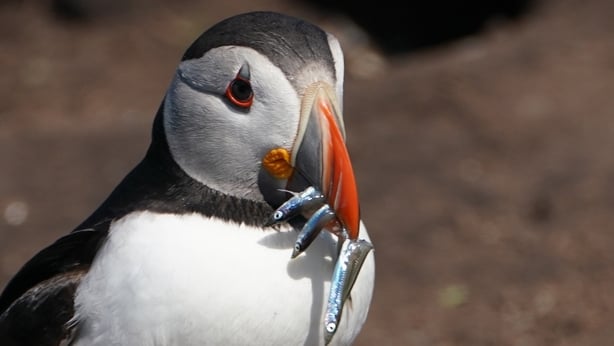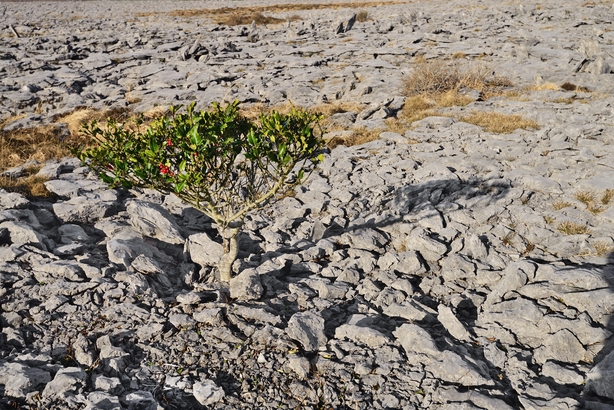Last year, After School Hub's Múinteoir John brought all the boys and girls on a virtual tour of the Cliffs of Moher.
You can watch the show here on the RTÉ Player now!
Here, we can learn about these amazing natural wonders and about the Burren region too.
The Cliffs rise from the sea to heights of up to 215 metres (that's more than the length of two soccer pitches or like 117 men standing on top of each others shoulders) and stretching for a distance of eight kilometres.
On the face of the cliffs you can clearly see the different layers of rock. They appear as stripes on the cliff face. The darker stripes are made from shales, mudstones and siltstones while the lighter stripes are mostly sandstones.
All these layers were laid down about 320 million years ago, during a time called the Upper Carboniferous period, when this area was much warmer and was situated at the mouth of a large river.
The river flowed down bringing mud and sand with it, eventually dumping it all over this area where it settled and eventually formed the rock layers you see today.
Check out this amazing virtual tour that let's you walk along and visit the cliffs.

The Cliffs of Moher are a special protected area (SPA) for seabirds under EU and Irish legislation and during the nesting season are home to over 30,000 pairs of seabirds including a number of protected species. Internationally significant numbers of both Guillemots and Razorbill can be found here along with Puffins, Kittiwakes, Fulmars, Peregrine Falcons and Choughs.
But there is so much more to the Burren region and in recognition of this the whole area was granted UNESCO Global Geopark status in 2011.
There is a staggering amount of history in the Burren region with over 2,700 recorded monuments, some dating back over 6,000 years. This has led to the Burren being described as "one vast memorial to bygone cultures".

The Burren National Park is located in the south-eastern corner of the Burren and is approximately 1500 hectares in size. The Park land was bought by the Government for nature conservation and public access.
It contains examples of all the major habitats within the Burren: limestone Pavement, calcareous grassland, hazel scrub, ash/hazel woodland, turloughs, lakes, petrifying springs, cliffs and Fen.
Approximately 75% of all plant species found in Ireland can be found in the Burren including 23 of Ireland's 27 native orchid species.
Depending on Covid restrictions you can visit www.cliffsofmoher.ie/ to plan your trip.
For loads more information on the region check out www.burrengeopark.ie/.
There are loads of great learning resources HERE

